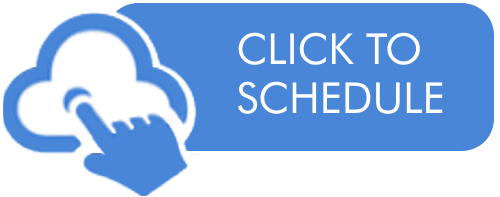Protect Your OTT Video Content With DRM
May 5, 2022
Content creators who choose an Over-The-Top (OTT) platform to stream their videos are rightfully concerned with protecting against unlawful piracy and distribution. One of the best ways to do this is to employ a digital rights management system to protect legal copyright and control access to only those users who are authorized to view your video content. Let's take a look at some of the components of a DRM system and how it protects your OTT video content.
What Is Digital Rights Management?
Digital rights management is a system of tools including encryption and other security measures that control access to digital files. It is typically used to combat online piracy, protecting content creators from having their videos, mp3s, software, and other digital property stolen, copied, and distributed for free. Major online video streamers such as iTunes and Amazon Video use this tool to control how videos can be viewed on different devices.
Fortunately, there are excellent security measures available for OTT video streamers as well, no matter the size and reach of your platform. This is critical for all content creators, but especially so for independent producers who often work either alone or in a small team. After investing so much personal time and resources into content production, it is vital to protect that investment from being pirated by selecting the appropriate security tools.
Encryption Is Important, but Not Everything
While encryption plays a critical role in protecting your video content, it is only one piece of a robust security platform. Video encryption essentially converts your video into another secure format such as AES 128 or RTMPE. While this prevents viewers from accessing your raw video file, it does contain exchange mechanisms that can be hacked, which defeats the purpose of encryption and allows free access to your content.
A quality digital rights management system will not only encrypt your video but also provides an extra layer of security by preventing hacking software from accessing the video encryption key. Many of these quality systems are available commercially and utilize Advanced Encryption Standard (AES) as the encryption technique.
Tokens and Entitlement
While encryption can be used to protect against piracy, it does not prevent URL sharing. Tokens help combat this by validating the integrity of an incoming request and thus preventing the URL from being shared or tampered with. When a video or streaming service gets a request that includes a token, it validates this with the use of a password. If there is a mismatch, the request is denied.
Entitlement helps control access by making users log in to a portal. This places a limit on the number of sessions allowed in parallel. An entitlement system is typically linked with a customer management system, thereby controlling the services that each user is entitled to.
Digital rights management is a secure system for protecting the unique video content that you've invested so much time and resources into creating. It's an especially excellent tool for creators who host their content on OTT platforms. Contact Lightcast to learn more about how to protect your valuable video content.














